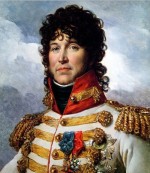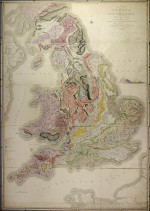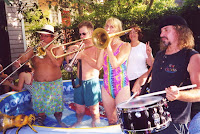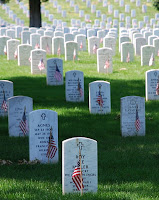As I think I’ve mentioned here on several occasions, this summer Mr Fraser, our daughter (who turns 11 in two months), and I will be going to Europe this summer, among other things to attend the bicentennial reenactment of the Battle of Waterloo.
We’re going to be there for nearly four weeks, so there will be far more to our trip than just Waterloo. While some of the trip has nothing to do with my Regency research interests–e.g. the five nights we’ll be spending in a cottage in the Dordogne River valley near Sarlat–we’re planning a week in Spain that’s turning into The Frasers’ Excellent Roman Ruins and Peninsular War Battlefield Road Trip Adventure.
I’m still researching the details, but at this point it looks like I’ll get to feed my Wellington obsession at the following sites:
Vitoria, where in June 1813 Wellington trounced Jourdan and the British army captured the French baggage train, laden with treasure Joseph Bonaparte and his courtiers had seized from Madrid–the incident that opens my 2013 novella, A Dream Defiant.
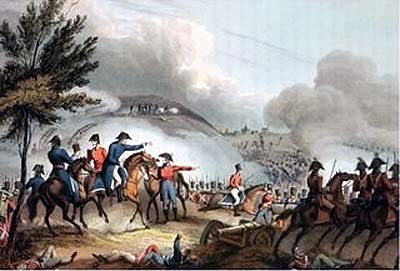
Salamanca, where Wellington, who is primarily regarded as a brilliant defensive general, proved himself pretty damn capable on the attack as well. As Maximilien Foy, one of the French generals there, put it:
“This battle is the most cleverly fought, the largest in scale, the most important in results, of any that the English have won in recent times. It brings up Lord Wellington’s reputation almost to the level of that of Marlborough. Up to this day we knew his prudence, his eye for choosing good positions, and the skill with which he used them. But at Salamanca he has shown himself a great and able master of manoeuvring. He kept his dispositions hidden nearly the whole day: he allowed us to develop our movement before he pronounced his own: he played a close game: he utilized the oblique order in the style of Frederick the Great.”

Badajoz, site of a bloody siege and storming followed by brutal and shameful pillaging in April 1812–and another battled that’s shown up in my writing, in my 2010 debut, The Sergeant’s Lady.

Talavera, the 1809 victory that first raised Wellington to the nobility as a viscount.
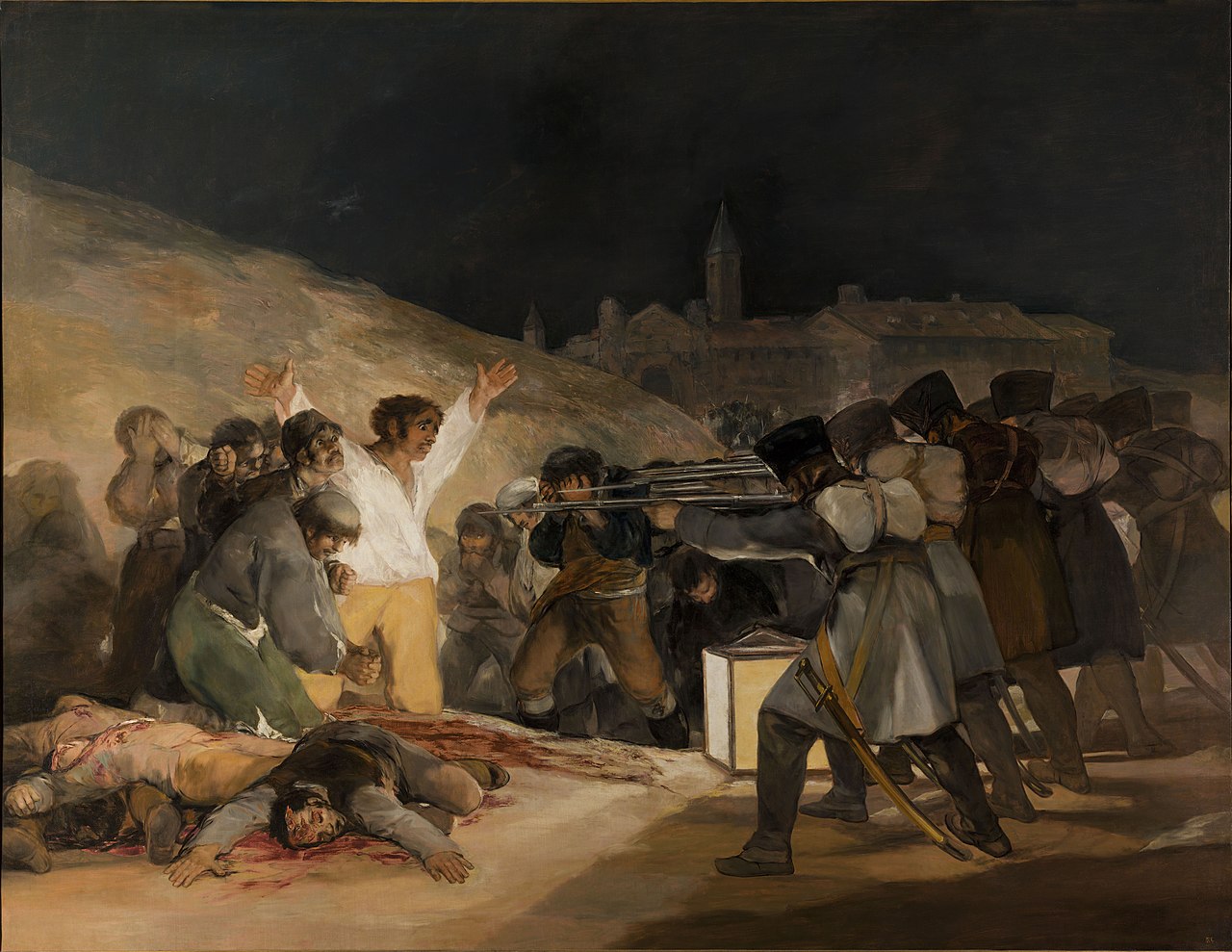
And last but very far from least, we’ll end up in Madrid, where we’ll visit the Prado and I’ll be able to see many of Goya’s works, including ones like the above illustrating the horror and brutality of war–something I try my best never to forget even as I write adventurous romances with soldier heroes.
I’m more thrilled than I can say that this trip I’ve been planning and dreaming of for a decade is now just a few short months away, and I can hardly wait to come back with pictures and stories to fill months of blog posts!




